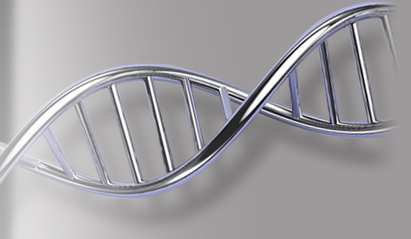Virology
You are here
Assembling your sequences shouldn't be a pain, your software should help you every step of the way. As a virologist, you want results quickly, reliably, and reproducibly, whether you are studying archaeal viruses in Yellowstone Park, studying strains of Avian flu virus, identifying parvovirus B in skeletal remains, Ebola virus in Sierra Leone, a novel Flexivirus, or Hepatitis B subtype distribution in Brazil.
When you are working with Sanger technology, you need to be able to trim low quality data from the ends of your reads with ease to produce the best possible alignments. A variety of assembly algorithms to suit your data is a must and you need to have a choice when calculating the consensus. Sequencher has all that and more. Generally, if you are assembling many samples from multiple sources, it's a long slow process, but Sequencher can sort out which reads belong together with its Assemble By Name feature saving you precious time.
Comparing your sequence to a prototypical strain becomes easier with Sequencher’s Reference Sequence and Variance Table features which makes it a snap to locate and edit or annotate variants with its dynamic link to the underlying data. PDF reports mean that you can capture the differences and share them with colleagues. Reference Sequences (as opposed to reference sequences) are special. They have added features allowing them to control the orientation and numbering of the contig which makes it easier to keep your bearings, locate features, and focus on the regions of interest.
You can harness the GenBank Feature Table to assist in annotating your sequence. And, if you want to know what that novel region does, you have BLAST at your fingertips in Sequencher Connections – a unique way of sending multiple sequences to BLAST and searching against different NCBI databases. The Connections Schematic lets you see the results of those searches as a composite image, so that if several searches with different parameters or against different databases show the same results, you can be more confident about the result.
When you are ready to make the transition to NGS, you will want to have a choice of reference-guided algorithms and de novo assembly too. Quality Control of your NGS reads is an important first step, followed by reference-guided alignment or de novo assembly. If you are working with multiplexIDs, you have the choice of the same. Finding novel entities in metagenomic populations is becoming more important. With Sequencher’s NGS tools, it’s possible to remove known organisms by running reference-guided alignments, leaving the remainder to be put together using de novo assembly. Variant analysis is also available.
Transcription studies needn’t be daunting. Using peer-reviewed algorithms to perform gene expression analyses, you can view your results using built in plots or Gene Codes’ latest addition – CodeLinker – for in depth analysis, clustering, and data mining.


